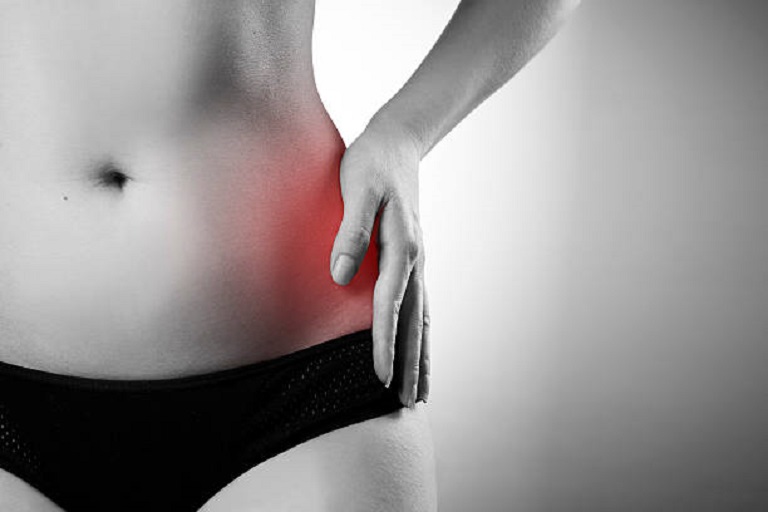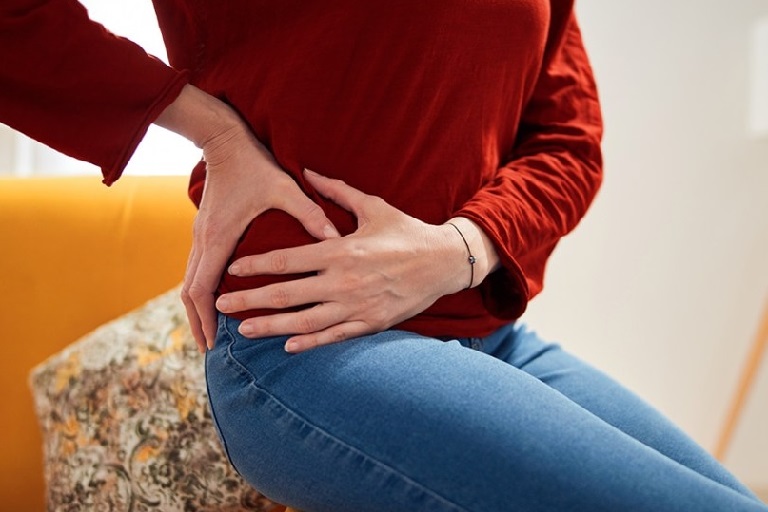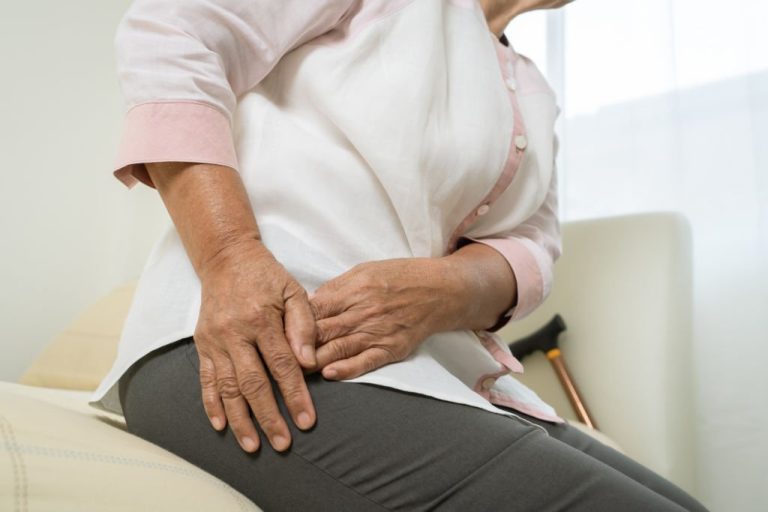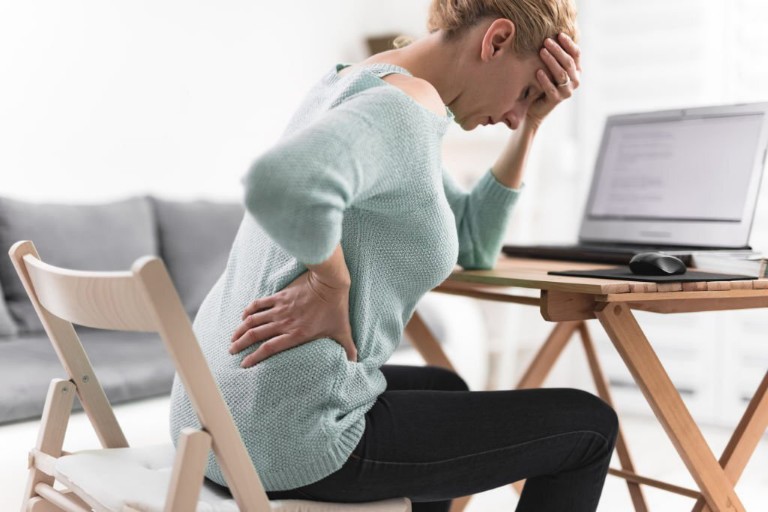Hip flexor pain can be managed with self-care. According to a study, 80% of college players who stated they had strained hip flexors were fit to resume playing in less than a week. The only treatment that was needed was rest and self-care.
Self-Care for Hip Flexor Pain.
Effecting simple changes or incorporating self-care can help you manage hip flexor pain on a daily basis.
Self-care for hip flexor pain are as follows:
- Avoid bending at the hip in order to rest the affected area, for example, bending to reach for something or bending down to pick up a child.
- Avoid movements that stresses the hip, as well as any sports that includes running, kicking, or rotating. You might want to think about reducing climbing up and down the stairs or walking long distances; nevertheless, movements should not be totally avoided.
- Put ice or heat on the affected part of the hip or groin. Apply this procedure by putting ice cubes or a hot water bottle on the affected area.
- Apply pressure to the affected hip with an elastic bandage to decrease any swelling. The elastic bandage can be covered around the hip and pelvis. Gently apply pressure without causing any further pain.
- Raise the affected leg when able, in order to decrease any swelling.
- Take over-the-counter pain reliever medicine, like, Ibuprofen (Advil and Motrin) which can help with both pain relief and swelling or Acetaminophen (Tylenol) which helps with hip flexor pain. Make sure to first check with your healthcare provider before trying over-the-counter pain relievers as they may have side effects and are not advised for long-term use.
On some occasions, not all these remedies might work effectively for every person, but they are highly recommended. It is advisable to try out each and every one of them to determine which works most effectively.
Although several cases of hip flexor pain can be relieved with home treatments, occasionally pain still continues. In such cases, medical care may be required.
Visit a Doctor to Seek Professional Help.

In several cases, hip flexor pain can be treated with home medication within a few weeks. If pain continues for more than 4 to 6 weeks, visit a doctor. A doctor can make proper diagnosis and recommend a suitable treatment.
You are advised to visit a doctor right away if you experience:
- Severe hip or groin pain.
- Failure to walk or endure weight on the affected hip.
- Rapid swelling in the hip or groin.
- Swollen bones or abnormalities, particularly after falling.
- Signs of an infection, for example fever, redness, and cold.
The above are signs of grave injuries that require urgent medical attention. Learn about the Causes of Hip Flexor Pain.
Conclusion:
Hip flexor pain can have causes that are not as a result of an underlying disease, for instance, trauma, lying on a side for a long period of time, overuse, muscle inflexibility, sitting in an awkward position, strains etc. Self-care can help you manage hip flexor pain, but if you seek an effective way to treat hip flexor pain, discover how to Unlock Your Hip Flexors.






